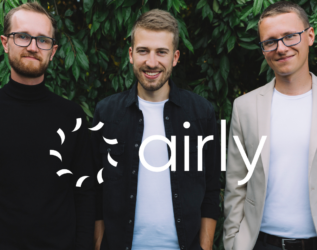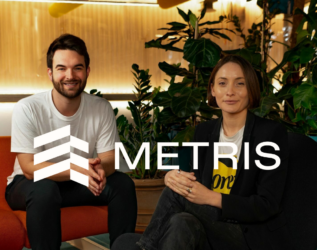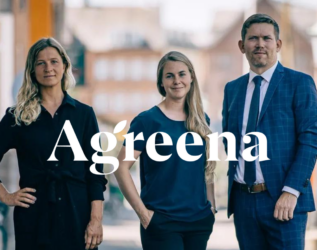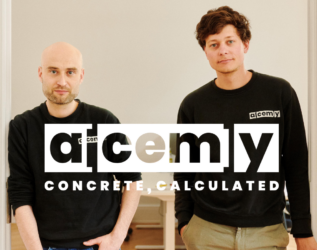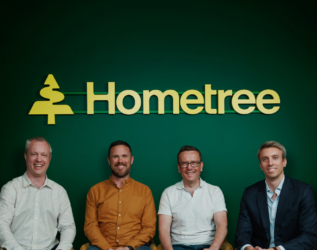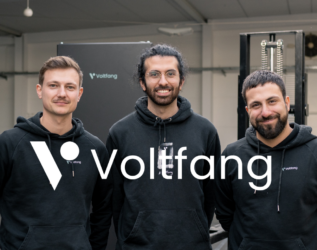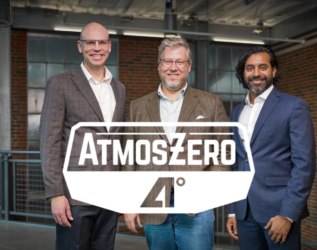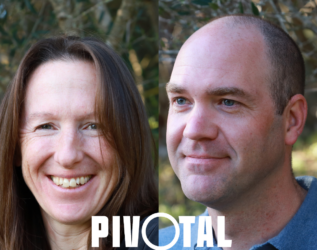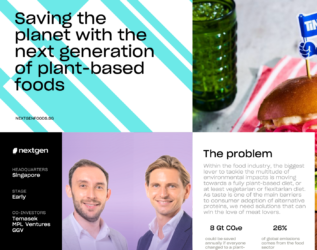Why we invested in Patch
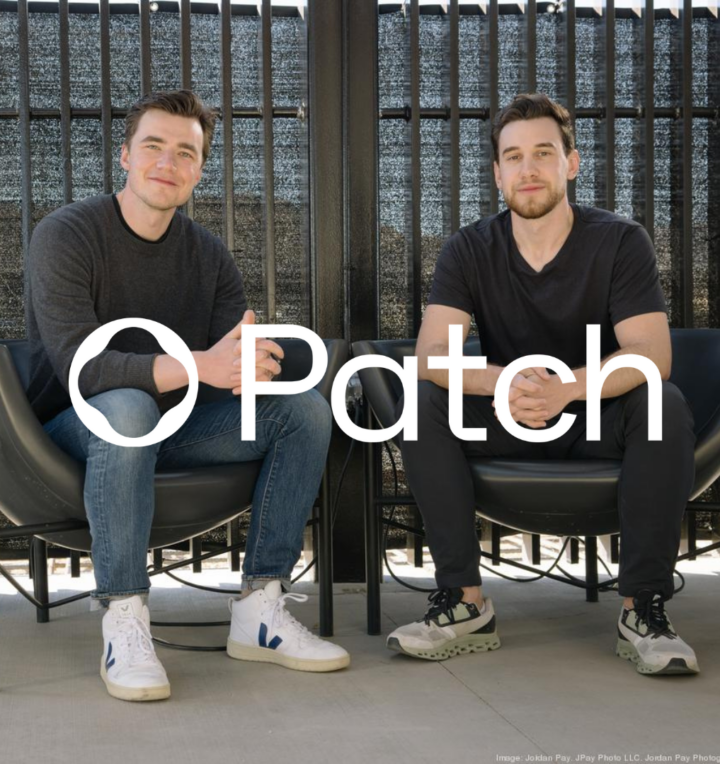
Carbon emissions need to be lowered on a global, company and individual level. Reaching zero carbon emissions is unfeasible with our way of life. As a result, states, companies and individuals aim for a Net Zero scenario where they offset the remaining carbon emissions, which could not be reduced via a change of lifestyle. The Voluntary Carbon Market (VCM) allows such stakeholders to offset carbon emissions.
The demand for carbon credits is set to increase at least 15 times by 2030, with the market being valued at $50 billion. To keep up with this demand, the IPCC suggests that carbon removal must scale 1 millions times its current capacity by 2050. Making things even more challenging, as an organically grown structure, the VCM is largely lacking transparency and accessibility. Traders are adding excessive margins because of increased decarbonization efforts. As a result there is a lack of consumer trust and supply of high-quality carbon credits. Such barriers lead to less capital flowing into projects that avoid carbon emissions and more importantly remove carbon from the atmosphere.
We invested in Patch because of its marketplace approach boosting transparency and empowering accessibility. Their enabling infrastructure serves both the supply and demand side. Patch nurtures the supply side, in the form of carbon removal projects, by offering a carbon inventory and sales infrastructure whilst channeling the demand side through their marketplace and B2B partnerships. Thus, Patch solves the carbon credit “chicken-and-egg-problem”, by adding value to both parties of their two-sided marketplace. To increase their breadth of impact and foster accessibility, Patch offers a suite of API integrations enabling customers to embed climate action into their own products and experiences.
The VCM is a busy sector with many players emerging in recent years. Among Patch’s peers, female led Klimate from Denmark, Chooose from Norway or Lune from the UK stand out. However, we were particularly convinced by Patch because of their significant potential to generate impact additionality. Patch is offering a rising portfolio of carbon removal credits, as well as supporting carbon removal projects in their administrational actions to allow them to focus more on their core strengths. Their nurturing relationship to carbon removal project developers, global interconnectedness in the market and political ecosystem, and finally an eager drive towards continuous innovation, strongly positions them within the carbon economy.
Finally, our conviction in Patch’s team was a significant reason why we invested. Both founders, Brennan Spellacy and Aaron Grunfeld have a track record in scaling digital marketplaces. Both previously worked as early employees at Sonder, where they helped transform the business into a unicorn in a very competitive market. It is therefore unsurprising that Patch’s staff count has grown from less than 10 to over 50, including a new European HQ in less than two years. We are excited to be part of their journey as they continue to grow and contribute to an important sector in climate action.
Patch raised $55M in their Series B funding. The round was led by Energize Ventures along new and existing investors, including AENU, Andreessen Horowitz, Coatue Management, Version One Ventures, B Capital, MCJ Collective, GIC, Contrary and Blue Impact. Read the original article here.
